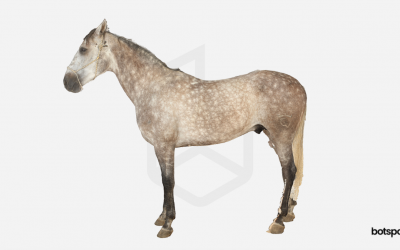In the rapidly evolving digital landscape, two technologies stand out for their ability to capture and represent the world around us: 360° photography and 3D scanning. While both offer unique perspectives and applications, understanding their differences is crucial for businesses and tech enthusiasts alike.
For example, in the dynamic world of ecommerce, visuals play a pivotal role in customer engagement and sales. Retailers must first understand the essential differences between these two cutting-edge technologies if they want to enhance their digital presence.
What is 360° Photography?
360° photography, also known as panoramic imaging, involves capturing all angles of an object in a single, circular view. This method stitches multiple images together, creating an immersive, rotational view of the product.



